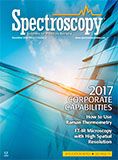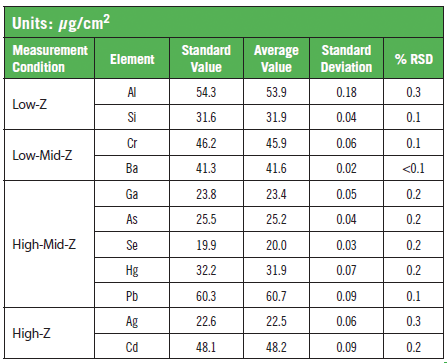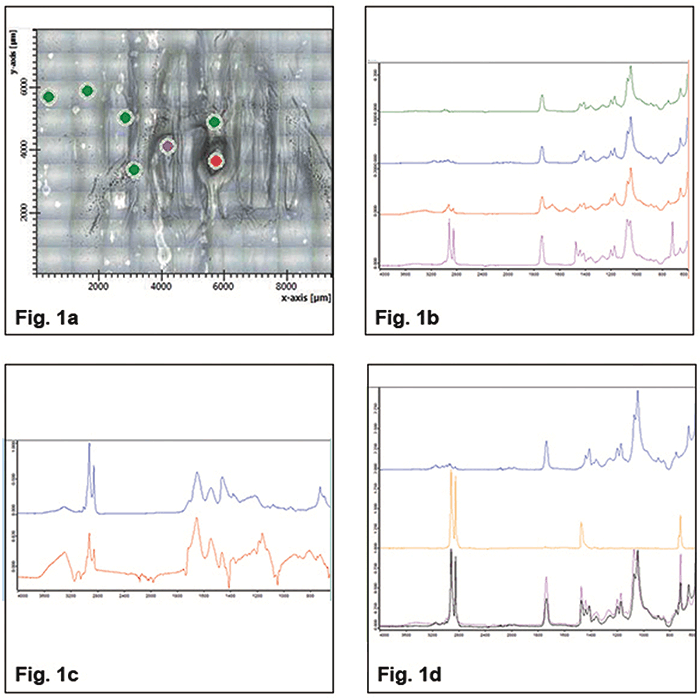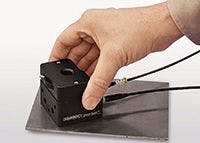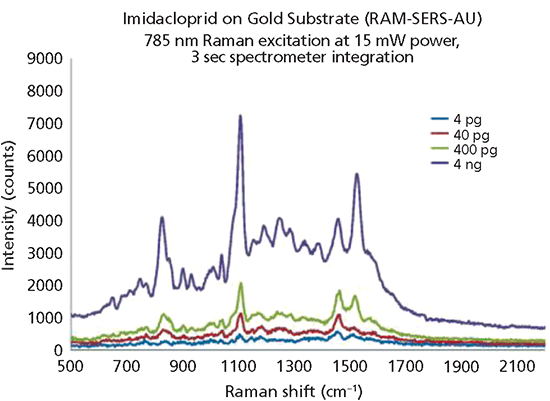Article
Spectroscopy
Spectroscopy
ABB Measurement Analytics
Author(s):
Company Description
For more than 40 years, ABB's portfolios of high performance laboratory, at-line and process FT-IR/FT-NIR analyzers have addressed a wide variety of applications. Our versatile spectrometers perform real-time analysis of the chemical composition and/or physical properties of a process sample stream. As part of its portfolio of products, ABB provides custom calibration modeling services, application support as well as turnkey solutions answering its customer analytical needs.

Chief Spectroscopic Techniques Supported
- FT-IR
- FT-NIR
- Spectroradiometry and remote sensing
- Dedicated team of engineers offering simple anddependable solutions with reliable instruments
- Local point of contact for field service and technical support
Markets Served
- Laboratory and academic
- Life sciences
- Pharmaceuticals
- Fine chemicals, specialty chemicals, and commodity chemicals
- Refining and petrochemicals
- Semiconductor
- Original equipment manufacturer (OEM)
- Space and Defense
Major Products/Services
ABB's advanced solutions combine analyzers, advanced process control, data management, and process and application knowledge to improve the operational performance, productivity, capacity, and safety of industrial processes for customers. For all laboratory or process needs, ABB can be your partner and single-source provider of simple, low-cost, high performance, general-purpose FT-IR and FT-NIR spectrometers. The company also markets analyzers for hydrogen and inclusion measurement in liquid aluminum.
Facility
Our new and unique high tech manufacturing facility located in Quebec City, Canada, employs more than 220 people, including R&D, manufacturing, marketing, sales, and administrative groups. ABB is a leader in energy and automation technologies, allowing public services as well as industry, transport and infrastructure clients to improve their performance while reducing their impact on the environment. The ABB Group of companies operates in around 100 countries and employs about 140,000 people.
ABB Measurement & Analytics
3400, Rue Pierre-Ardouin
Quebec, (Quebec) G1P 0B2
Canada
TELEPHONE
(418) 877-2944
FAX
(418) 877-2834
E-MAILftir@ca.abb.com
WEB SITEwww.abb.com/analytical
NUMBER OF EMPLOYEES
220
YEAR FOUNDED
1973
Newsletter
Get essential updates on the latest spectroscopy technologies, regulatory standards, and best practices—subscribe today to Spectroscopy.

.png&w=3840&q=75)

.png&w=3840&q=75)



.png&w=3840&q=75)



.png&w=3840&q=75)
